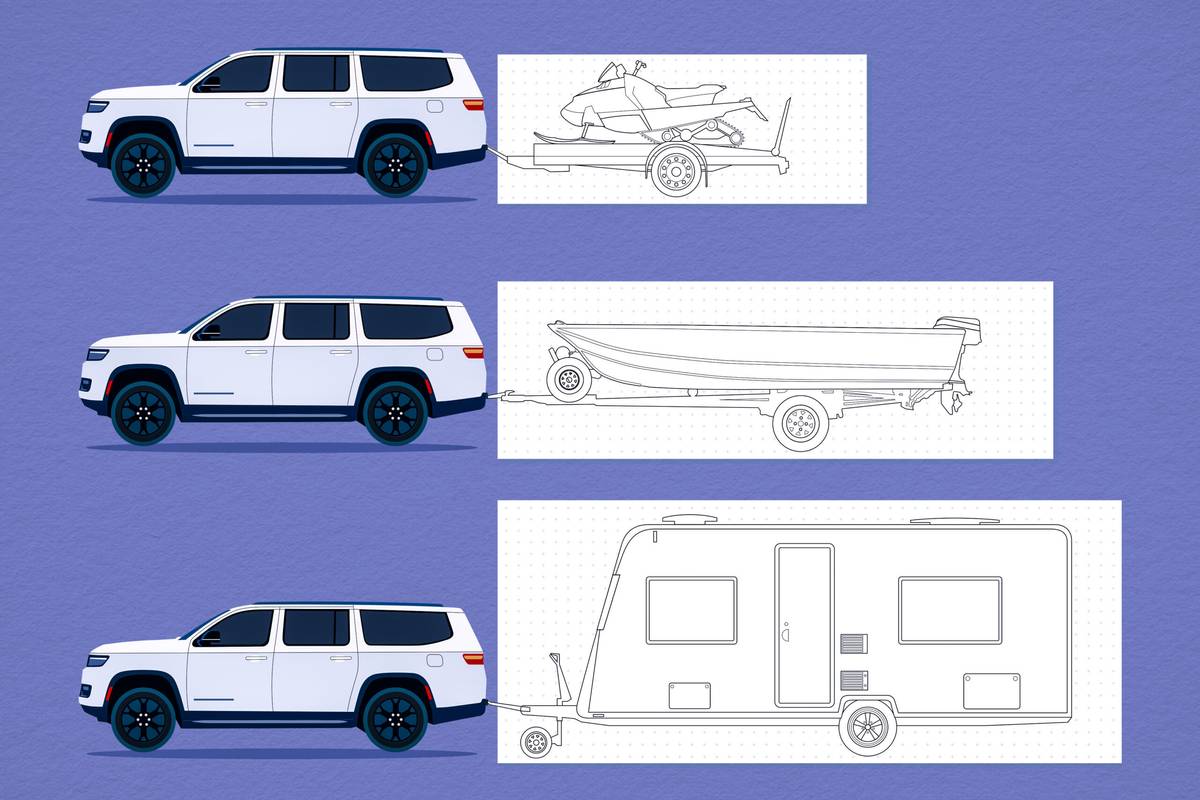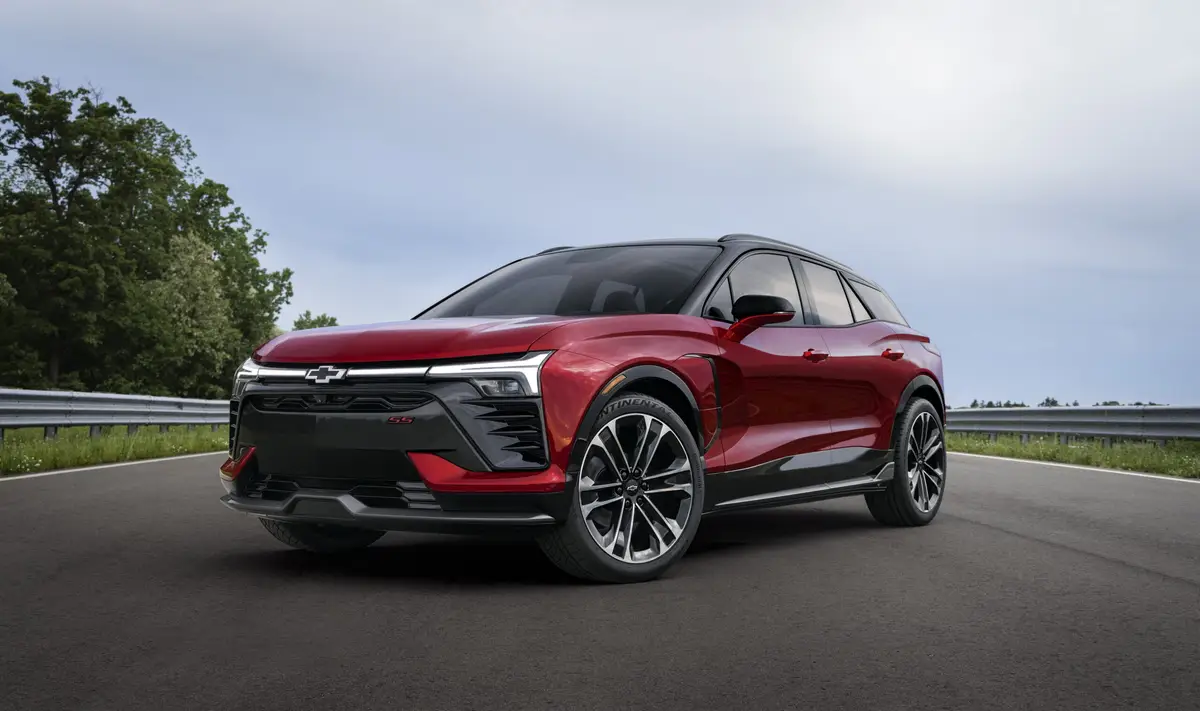Looking Back: 1962 Goggomobil TL-250 Pickup Truck
This tiny, 13-horsepower pickup is one of the more normal-looking microcars money can buy, and it is one of the rarest. Valued in the six-figure range, the 1962 Goggomobil TL-250 Transporter Pickup just might be the smallest truck with the biggest price tag, too.
Microcars are an alternate reality, where drivers prefer wacky styling, bare-bones interiors and tiny engines with less-than-room-temperature horsepower. Conventional-looking microcars often get picked over for the iconic Messerschmitt and BMW Isetta of the bubble-car world.
Goggomobils, however, have something on most other microcars: They look like normal cars, drive like normal cars and are usually dependable. Some were even workhorses. We were lucky to spot this 1962 TL-250 Transporter Pickup — only a handful are thought to exist — at an international microcar meet-up last month near Chicago in Crystal Lake, Ill.
Even more impressive than this truck’s value — one microcar expert says it could fetch up to $150,000 at auction — is what its owner recently did in it. This summer, Uwe Staufenberg, who sells Goggomobil parts in Germany, shipped his Goggo to Los Angeles and drove it to Chicago along Route 66. During the 12-day journey, he averaged less than 30 mph and added some 2,500 miles to the odometer — with no air conditioning in the peak of summer.
We had to ask: Is he nuts?
“I take my fun and enjoyment out of using and driving the cars, not of just collecting and storing them,” Staufenberg said. “There are people using their 300SL gullwings or Duesenbergs and enjoying them.”
You can watch more on Staufenberg’s journey in this video.
Weighing in at a scant 1,300 pounds, the Goggo is about 9 feet long, 5 feet tall and 4 feet wide. It can travel at up to 65 mph and achieves up to 24 mpg. Its wheelbase alone is more than 4 feet shy of a basic 2010 Chevy Silverado regular cab.
Built from 1955 to 1964 by Hans Glas GmbH of Dingolfing, Germany, the Goggo pickup shared platforms with a two-seater coupe, four-seater sedan and a “Transporter” work van, and it originally cost about $1,000. Nearly 300,000 Goggos were built. Of those, about 3,600 were Transporters, mostly vans. Four, maybe five Transporter pickups avoided the crusher.
Goggomobils have a steel, unitized body, swing-axle suspension, drum brakes all around and a four-speed transaxle. Though this truck uses the standard manual transmission, an optional “preselect” gearbox was available. Designed jointly by Glas and Getrag, the double-clutch system is the precursor to the electronic shifter on today’s rugged Unimog trucks and other heavy-duty trucks in Europe. The shift pattern in all Goggos is a side-to-side Z.
This model sports an air-cooled, 250-cc, two-cylinder, two-stroke engine located under an access panel flush with the bed and behind the rear wheels, like a Corvair Rampside pickup. Unlike the Corvair, though, the Goggo’s bed is flat throughout. In addition to the standard motor, a 300- or 400-cc engine could be had. It rolls on four 10-inch wheels, and the rear end is geared down slightly to handle payloads.
It may not be luxurious, but after WWII, most Europeans were lucky to have wheels that didn’t get them wet in the rain. In addition to this little rig’s light hauling capability, you got a compact, fuel-efficient vehicle complete with windshield wipers, turn signals and a speedometer. And let’s not forget about the handy wire-mesh glove box recessed in the dashboard. Below that hangs a spare tire. That’s about all you needed.
In addition to the driver, the truck can hold one passenger who rides on a wafer-thin, flip-down seat. Two sliding doors akin to a UPS delivery truck — German postal workers used Goggo vans as official vehicles — complete the cab, whose floor is covered with wooden slats.
To accommodate the sliding doors, the truck’s roof and walls extend past the rear window nearly half the length of the bed. It’s as though the van body were chopped off just ahead of the rear axle. This styling touch also creates a little extra storage space: Because the entire bed is raised to accommodate the motor, the cab’s floor extends about two feet past the back wall.
It is unlikely this truck will show up stateside again soon. So if you want to see one in person, go to the Bruce Weiner Microcar Museum in Madison, Ga. (http://microcarmuseum.com/tour/goggo-tl-pickup.html). Odds are you will run into a Transporter van before you see a pickup; Weiner recently sold one of his vans in a Monterey, Calif., auction for $88,000.
And if you are still not convinced that this little truck could survive old Route 66, consider this: The Goggo, joined by seven other microcars, was one of the few that didn’t break down. It’s a testament to the robust construction of this little work vehicle, which was a popular beast of burden for municipalities in postwar Germany. These trucks were fitted with snowplows, street sweepers and other road-maintenance implements.
The work took its toll, and that’s why these little trucks are so hard to find today.

Featured stories



